On Friday 31st of March, the Zhongshan Avenue UPAT team presented their findings and recommendations to officials of the City of Wuhan and the Wuhan Land Use and Urban Spatial Planning Research Center (WLSP). The team visited projects in Shanghai and traveled to Wuhan to assess of the newly opened Zhongshan Avenue District with an emphasis on public space, transportation organization and economic vitality. The UPAT Team will also made suggestions for the replicability of Zhongshan Avenue Renewal Project in Wuhan and other Chinese cities.
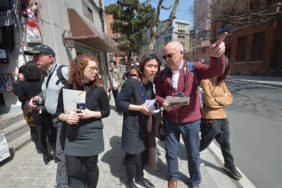 |
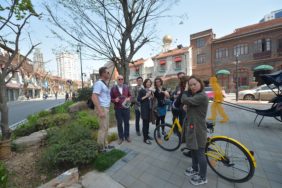 |
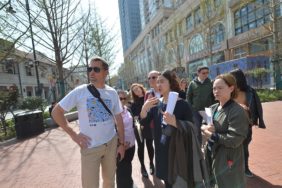 |
The review team has in total spend around 12 observation hours in Zhongshan Avenue spread over morning, afternoon and evening/night – to obtain a full time-space coverage of the long lane and its many back- and side streets. While data and documents provide useful and essential inputs for an expert-review, there is still no better way that observe in situ with a multidisciplinary team of experts coming from different parts of the world. Although the Zhongshan Avenue was the core subject of the UPAT review, the team was also invited to think and suggest policy recommendations beyond the street scale, from immediate neighbourhoods to the city-wide planning scale.
Inspired by the fast pace of implementation the UPAT managed to efficiently use the small time window of 24 hours between the last site visit and the presentation of our finding to the client (Wuhan planning stakeholders) – mainly by structuring the review in SWOT’s for the three subsections of Zhongshan Avenue resulting in an overall SWOT review and recommendations. In addition, recommendations were formulated to link the Zhongshan Avenue remake with the adjacent neighbourhoods and city-networks, culminating in some free-of-thought ideas for a future Wuhan urban agenda and governance, learning from the valuable lessons generated by the Zhongshan Avenue pilot project.
Zhongshan Avenue UPAT team recommended the City of Wuhan to develop a clear and unifying regime for the Zhongshan Avenue for all its users, the spatial quality, to enhance the delicate urban network, in terms of governance and for programming present and future functions. The team concluded that the Zhongshan Avenue is a great achievement towards building a more compact city that is socially inclusive, better integrated, climate resilient and that fosters cultural heritage. The presentation of the Zhongshan Avenue UPAT team can be uploaded here.
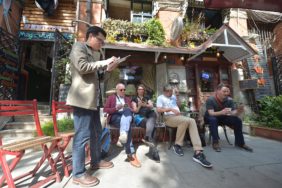 |
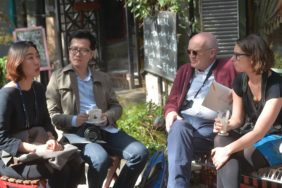 |
The Zhongshan Avenue UPAT has eight members: Team Leader Jaap Modder, UPAT Rapporteur Frank D’hondt, Senior Planners Deborah Lambert and Michael Stott, Young Planning Professionals Taru Jain, Mercedes Beaudoin and Zhe Chen and Vice President UPATs Martin Dubbeling. This Zhongshan Avenue UPAT team will write, illustrate and contribute to one article for ISOCARP Review 13 and one dedicated issue of PLAN Magazine. The article for Review 13 has the working title ‘ eshaping a Memory Lane into a New Urban Policy’. The results of the Zhongshan Avenue District UPAT workshop will be presented in the UPAT Seminar as part of the ISOCARP congress in Portland, 24-27 October 2017.
ISOCARP is preparing more UPAT workshops in 2017 and 2018. If you are interested in joining of hosting a UPAT workshop, please contact the Vice President UPATs, Martin Dubbeling, dubbeling@isocarp.org. The next UPAT workshop ‘New Airport – Next City – Smart Bodø’ is in Norway 28 May – 03 June 2017. The deadline for applications is 21st of April.
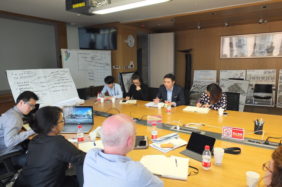 |
 |